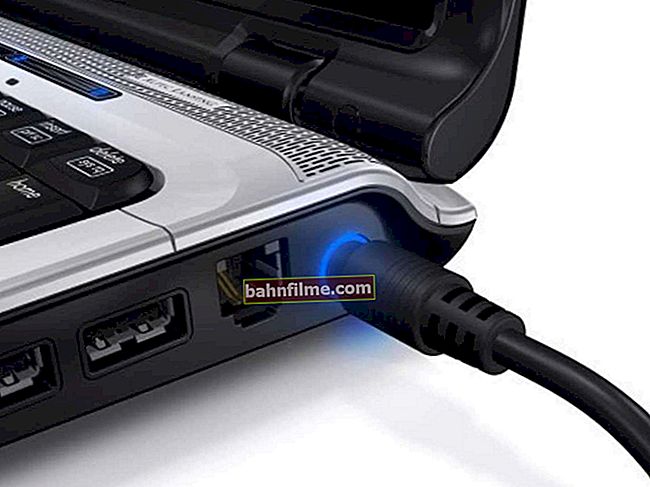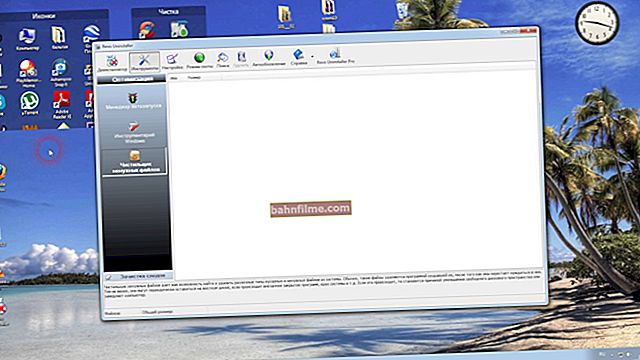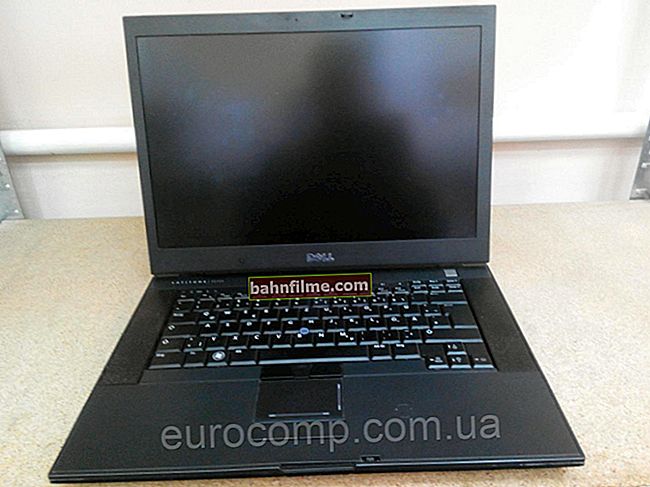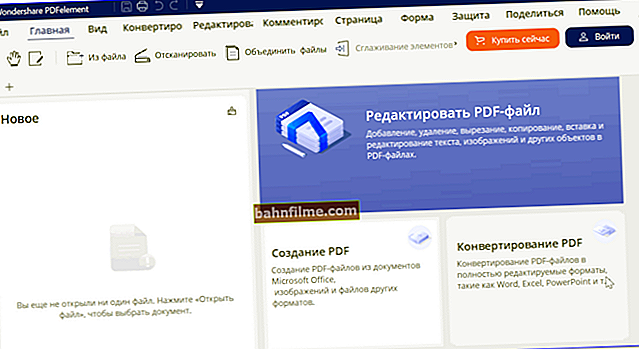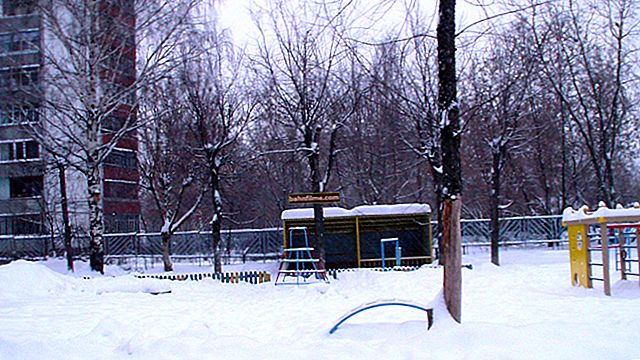 Good time everyone!
Good time everyone!
Apparently in connection with the general transition to self-isolation - recently I have received several questions and letters about overclocking video cards and increasing FPS in games (someone has an old card and it no longer pulls; someone did not have time to buy something more powerful, etc.).
In general, I'm not a big supporter of overclocking, because this, as a rule, entails additional. problems: a rise in temperature, errors, freezes, etc. are not excluded. However, if you do not "overdo it" with this, then an extra 5-10% to performance can be obtained quite safely (on most pieces of hardware)!
👉 By the way!
If you have a built-in card AMD Ryzen Vega - I recommend my previous post. There are some "nuances" ...
But in general, I strongly advise you to do everything in a complex, i.e. improve performance in different ways:
- 5-10% due to overclocking of the video card (more on that below);
- 5-10% due to fine 👉 optimization of video card driver settings;
- 5-10-40% due to the settings of a specific game (for example, you can turn off shadows, effects, horizon / horizon range, etc.).
- total: in total, a significant figure will be typed, you can increase the FPS by 30-100% (or more) to the current indicators, if you use all the tools and methods!
Of course!
- Everything you do under the article below is at your own peril and risk!
- Remember that greed will ruin, know the sense of proportion (if you managed to painlessly "squeeze" 10% from the top, then maybe there is no point in driving the video card further?).
*
An example of overclocking an AMD RX 570 video card
STEP 1
And so, the first thing we need is to install two utilities:
- MSI Afterburner - in it we will increase the frequencies of the memory and the chip (i.e. overclocking itself). This program is universal and compatible with the vast majority of video cards;
- FurMark - this utility is needed to double-check the stability of the video card after overclocking (it will show both FPS and temperature).
The installation of these utilities is standard, so I don't include it here ...
*
STEP 2
Next, we launch both utilities simultaneously. Then you need to click on the button "GPU Stress test" in FurMark (we don't change anything in MSI Afterburner yet).

Start - the first stress test
*
STEP 3
The video card test should start (a "donut" will start spinning on the screen, and all the basic information will be displayed in the upper part of the window),
In general, this stress test before overclocking will allow us to evaluate the stability of the video card, its temperature, and the FPS that it produces. In any case, you need to make sure that everything is in order with the card - if it overheats and freezes before overclocking, overclocking will not do anything good!

Average FPS 77
*
STEP 4
If the video card behaved stably in the stress test, there were no errors or overheating, you can proceed to overclocking. 👌
First, take a look at MSI Afterburner - there are two key parameters:
- Core Clock (MHz) - the frequency of the graphics processor (GPU);
- Memory Clock (MHz) - memory frequency.
It is necessary to increase these initial values by about 4-5% (i.e., the frequency, for example, in 1200 MHz, multiply by 1.05 - this will be 1260 MHz, which should be substituted ...). After increasing the values - click on the button with the "checkmark" (ie save and apply the settings).
Next, you need to run the test for the stability of the video card (and the system as a whole) in FurMark again. See the screen below 👇.
Note: an increase in frequencies by 4-5% from the baseline - as a rule, most cards withstand (and this can be done without increasing the voltage). That is why it is prudent to start overclocking with these values.

Overclocking
*
STEP 5
As you can see in my example below, the number of FPS increased by 7.7%. At the same time, the temperature of the video card also began to rise (not much, but still ...).
If in 9-10 minutes. In the FurMark test, the video card behaved stably, did not overheat and there were no errors - you can close the test, and in MSI Afterburner move the sliders to the right by another 1%. Then run the test again.
Thus, step by step, you will find the limit value of frequencies that your card can withstand (as soon as FurMark crashes, freezes, artifacts appear on the screen - stop the test and lower the frequencies!).

In total, we managed to add 7.7% to FPS (not bad!)
*
STEP 6
If we talk about what gives overclocking in games, then everything is somewhat more complicated here ... In most games, the number of FPS will, of course, grow (in my example, in CS-GO, by about the same 7-8% 👇)!
However, in some games the gain may be more (or less) significant (depending on the specifics of a particular game - everything is checked in practice).

CS-GO - What did the overclocking give
*
STEP 7
By the way, overclocking will "work" as long as the MSI Afterburner utility is active. Naturally, after restarting the computer, the frequencies will be reset ...
To "force" the video card to always work at higher frequencies, you need to do the following:
- save settings (which were successful during overclocking) to one of 5 profiles;
- activate the "Startup" parameter - i.e. so that when the program starts, the parameters we have selected are automatically used;
- and specify in the utility settings that it is required "Run with Windows" (see the example in the screenshot below 👇).

MSI Afterburner - Constant Overclocking Settings
Now overclocking will be automatically carried out at each OS boot (without manual "work-overs"). Conveniently?! 👌
*
Additions on the topic in the comments will definitely come in handy!
Good luck!
👋

